Bacteria + Bits: A Winning Formula for a Revolutionary Enzyme
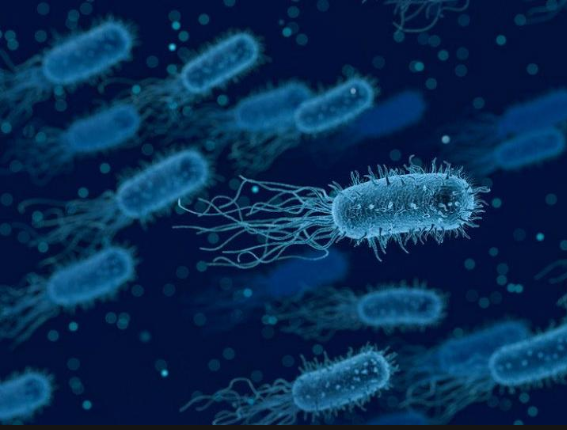
We have freezing science news that will freeze you! For the first time in history, researchers have managed to predict how to change the optimal temperature of an enzyme using huge computer calculations. And it all started with a super-cold enzyme from an Antarctic bacterium! This revolutionary study was carried out by a group of brainiacs from Uppsala University and the University of Tromsø.
But did you know that these cold-adapted enzymes can be found in bacteria and fish that swim in icy water? Yes, yes! Evolution has shaped them so that they can function even at temperatures where other enzymes would be saying “bye-bye” forever. In addition, these enzymes have a temperature optimum and a lower melting point than enzymes from horny animals and from organisms that prefer warm climates.
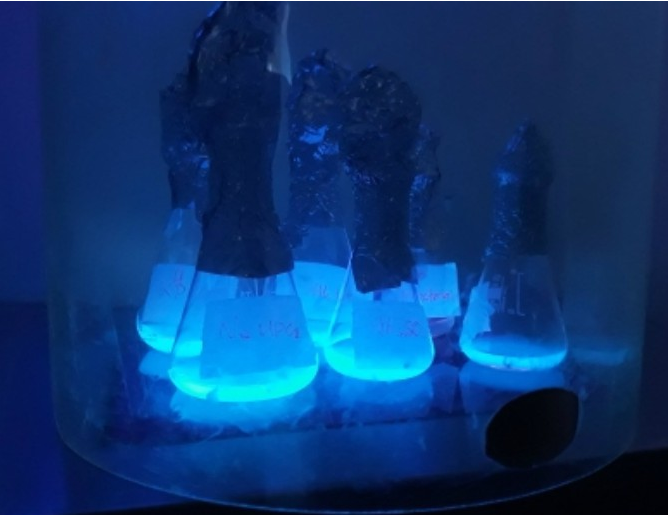
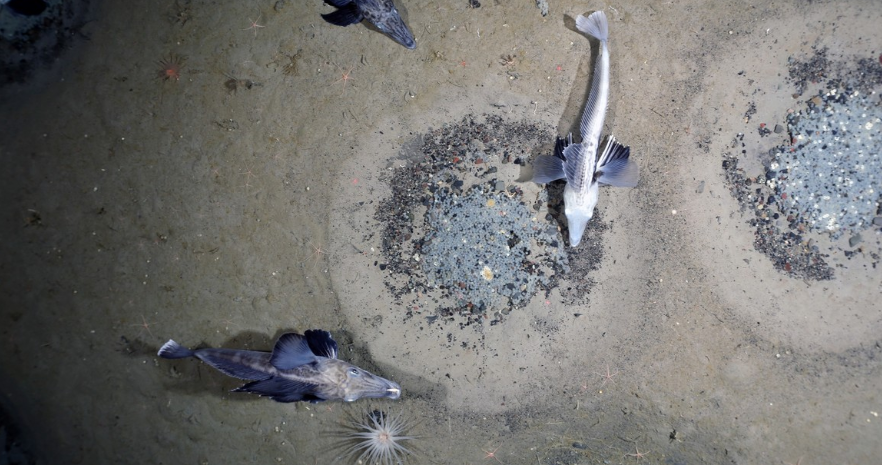
Our intrepid researchers wondered if they could predict, using computer simulations, how they could make the Antarctic enzyme take a bit more heat. And guess what! The calculations showed that it was possible to do it if they inserted 16 mutations of a piggy enzyme into the bacterial variant; they then made this hybrid enzyme and measured its catalytic activity at different temperatures. And ta-da! They found that the new variant had a temperature optimum 6°C higher than the original and was also faster than the antarctic and piggie enzymes at 50°C. Unbelievable, isn’t it! They also ventured to solve the three-dimensional structure of the hybrid enzyme using the X-ray technique. And to their surprise, they found the expected structural changes, just as the computer calculations had predicted!
Computer-based enzyme design has become a super popular trend in recent years. Why? Because the goal is to create enzymes with special abilities, it is about creating enzymes that can catalyze chemical reactions that do not exist in nature or modify their properties so that they can better resist heat, cold, high pressure, salinity, and! much more! This has enormous potential in the field of biotechnology, which is why it attracts so much interest. According to Johan Åqvist, a professor of theoretical chemistry at Uppsala University, “we are at a really exciting level of biotechnology, where science fiction meets real life!” And what a thrill it is!
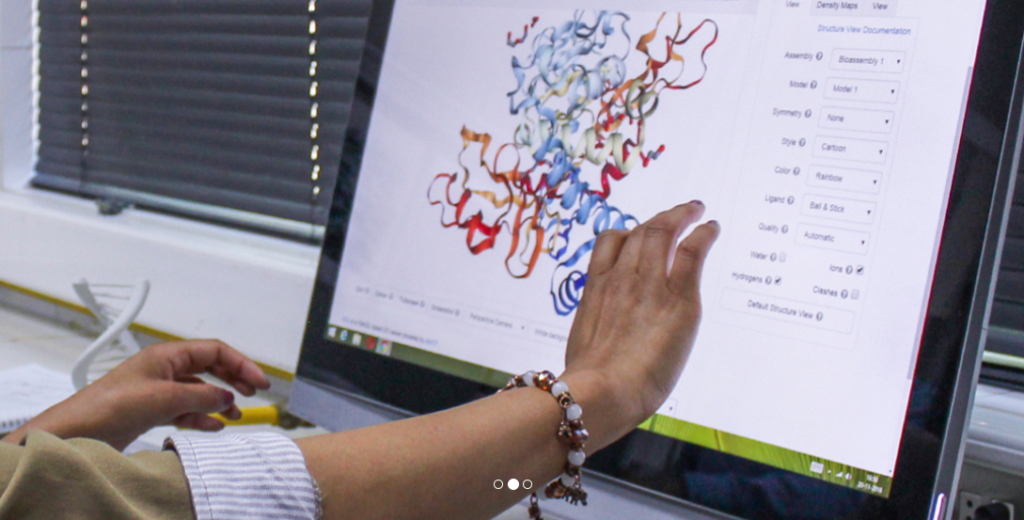




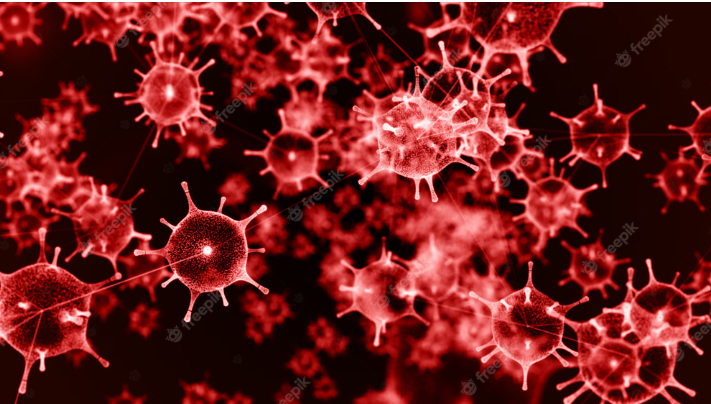

Responses